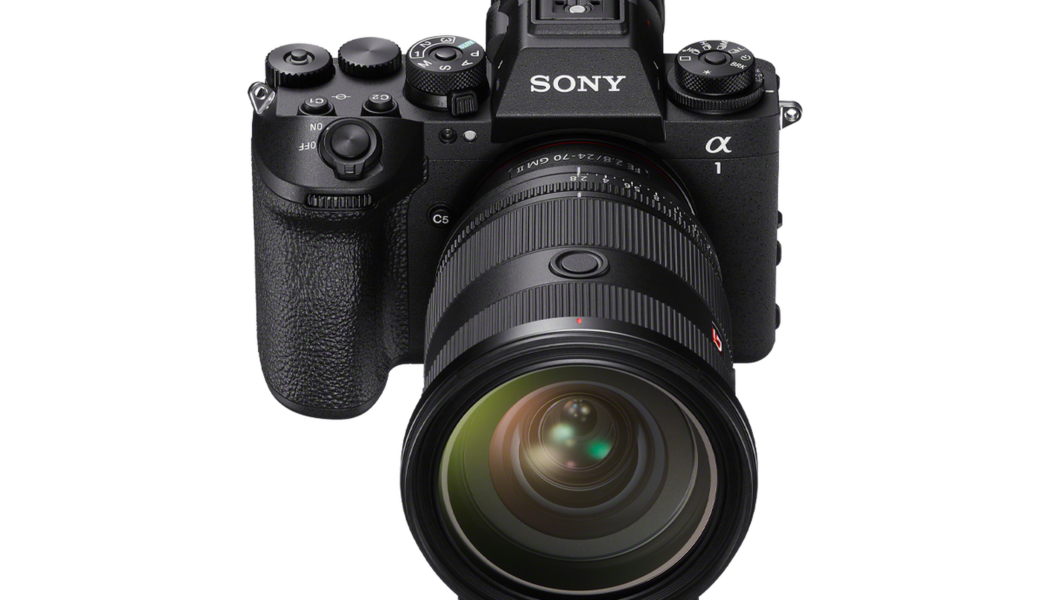It’s still got a 50-megapixel sensor, but its autofocus, stabilization, and screen are upgraded.
Share this story

Sony announced its new A1 II pro-focused mirrorless camera during today’s livestream from its Creative Space event in New York City. The camera has various speed and performance improvements over its predecessor, plus a fast new zoom lens to accompany it.
The $6,499 A1 II sports a 50.1-megapixel full-frame stacked sensor that’s capable of shooting full-resolution RAW photos at 30 frames per second and up to 8K video at 30p (as well as 4K video at 120p). That’s not very different from the original A1, but the sequel model is adopting the body design of Sony’s A9 III with a slightly taller grip and improved ergonomics, an in-body image stabilizer capable of a claimed 8.5 stops of correction, and a speed boost button and pre-capture function (also like the A9 III). It also has both the AI processor for improved autofocus and the vari-angle tilting screen first introduced with the A7R V.
It sounds a bit like the speedy A1 body is getting some chip-bump performance improvements, and is also raking in all the quality-of-life benefits of its lower-end and slightly less expensive counterpart models in the Alpha lineup.
In addition, Sony has made a new FE 28-70mm f/2 GM zoom lens to launch alongside the A1 11 in December. Compared to the popular 24-70mm f/2.8 (a staple lens of nearly every camera maker), the new lens sacrifices a little at the wide end in exchange for that faster maximum aperture. Canon has a similar lens in its EOS R line, and using it feels like you’re using a bag full of prime lenses in just one zoom, but Sony’s model weighs in at 2.02 lbs. / 918g — about 1.13 lbs. / 512g lighter than Canon’s. Sony’s lens is also slightly cheaper at $2,899 compared to Canon’s $3,099, but either way, you’re paying a hefty sum for all that versatility.
The fact that the A1 II remains a stacked sensor design and hasn’t adopted the global shutter means that the latter type of camera tech remains an outlier with the Sony A9 III. Perhaps the sacrifices to dynamic range and base ISO are not yet worth the trade-off in the A1 II with its much higher resolution.
Since its launch in 2021, the original A1 has been the camera with the least compromises in Sony’s lineup. It’s offered the trifecta of speed, resolution, and video chops all in one, as long as you were willing and able to pay a very high price. The A1 II looks like an extension of that, but its new capabilities seem less like something that will set the photo world afire and more like a modest upgrade. Meanwhile, the sequel model will have stiffer competition than ever, since models from other brands, like the Canon R1 and Nikon Z9, now have pro-level offerings that can better compete.









